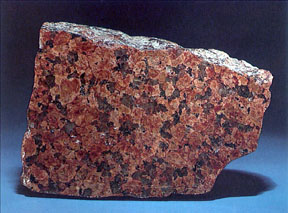This piece of granite contains crystals of quartz, feldspar, and mica. Click on the image to look closer at the mineral crystals!
Click on image for full size
Courtesy of Corel
Granite Rocks
Look at granite closely and you can see crystals of common silicate minerals such as quartz, plagioclase feldspar and orthoclase feldspar. In fact, granite is mostly quartz and feldspar crystals. It also may contain mica minerals or other dark-colored silicate minerals. Click on the picture to the left to take a closer look at granite!
Granite is the most common type of intrusive igneous rock at the Earth’s surface. Since granite forms deep within the Earth, you are probably wondering why we have so much of it at the Earth’s surface. Rocks that were once deep within the Earth’s crust are transported to the Earth’s surface by plate tectonics! Colliding continental plates thrust rocks that were once deep underground up to the surface.
Because granite is very hard, it often used to make buildings, kitchen countertops, tombstones, and sculptures.
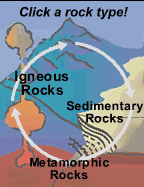
Last modified June 17, 2003 by Lisa Gardiner.
You might also be interested in:
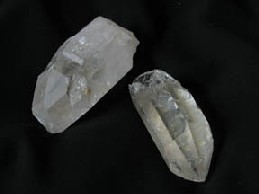
Quartz is one of the most common mineral in Earth’s crust! Silica (Si) and Oxygen (O) are the only elements within pure quartz. If a cooling magma has silica leftover after feldspars form, quartz is likely
...more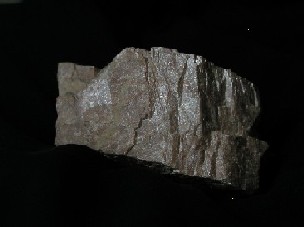
Feldspar is the most common mineral in the Earth’s crust, so you are very likely to find it in the rocks you collect! It is found it all of the three rock types, but is most common in intrusive igneous
...more
Mica minerals make some rocks sparkle! They are often found in igneous rocks such as granite and metamorphic rocks such as schist. They sparkle because light is reflected on their flat surfaces, which
...more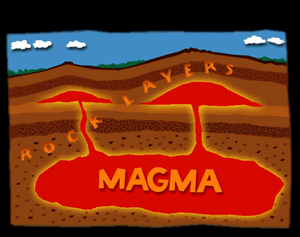
Many kilometers below the Earth’s surface, molten rock called magma flows into cracks or underground chambers. There, the magma sits, cooling very slowly over thousands to millions of years. As it cools,
...more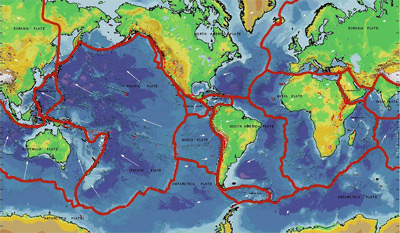
The main force that shapes our planet's surface over long amounts of time is the movement of Earth's outer layer by the process of plate tectonics. This picture shows how the rigid outer layer of the Earth,
...more
If you could travel to the center of the Earth, you would find that it gets hotter and hotter as you travel deeper. The heat is naturally produced when radioactive elements break apart. Within the Earth’s
...more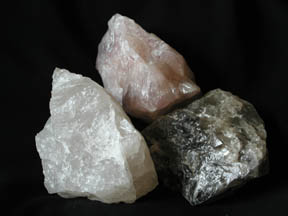
Spotting minerals is fun! There are many different types of minerals, each with a different name and a special set of characteristics. So, if you find a mineral that you do not recognize, you can use
...more



